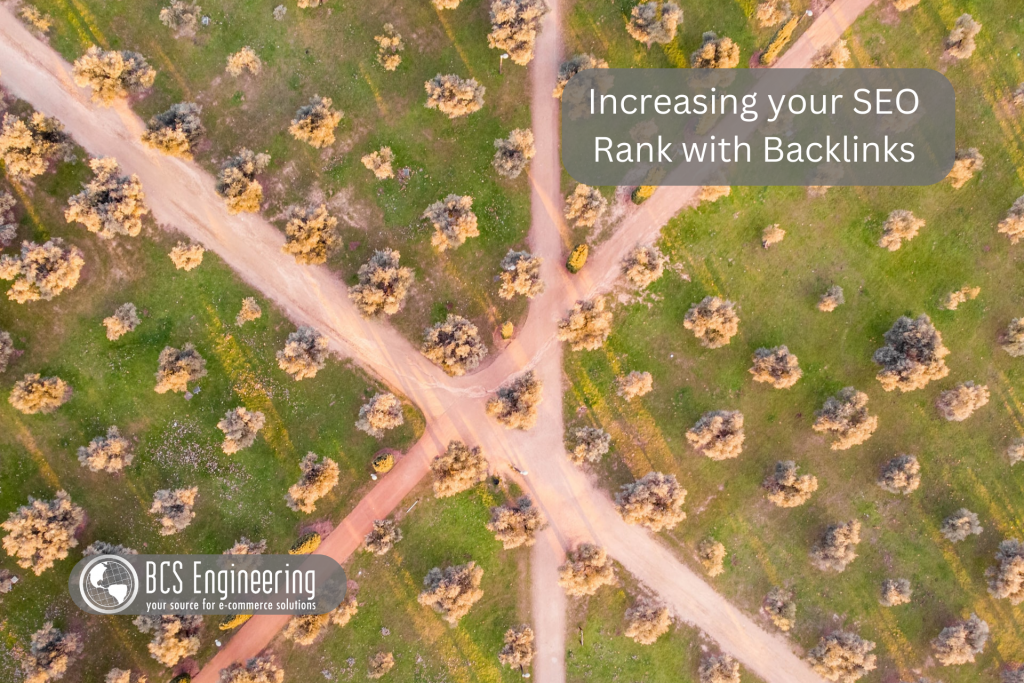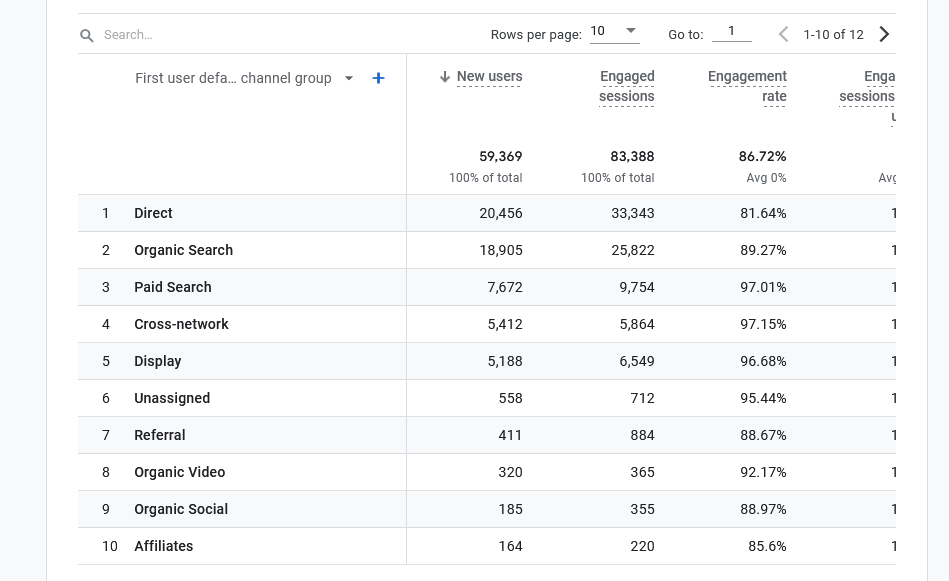Through Search Engine Optimization (SEO), we aim to increase our site’s position in search results and gain more traffic. The higher our rank, the more likely our site is providing a valuable experience and meeting the requirements of our target audience. In a sense, SEO helps us refine our expertise and authority in the eyes of both our users and Google. One SEO strategy we can use that can increase our credibility further is the use of backlinks.

What are Backlinks?
Backlinks are hyperlinks that lead to another site. Unlike internal links that lead to another page on the same website, backlinks take users to resource that is off-site. For example, a backlink could be used in a blog post to reference helpful resources that, while not apart of the blog’s home site, have been deemed useful to provide to readers.
Why are Backlinks Important?
Since backlinks are inbound or external links from different sites, having a backlink leading to your site suggests a level of credibility and trust. Most of us wouldn’t want to link our websites to just any site, we would want to make sure that we are connecting users to quality resources. To have a backlink is to be considered authoritative by the site linking to you, and Google notices that. Sites with many backlinks to them can thus be ranked higher than other related search entries.
On top of increasing your SEO Rank, backlinks are a form of “word of mouth” advertising. Having a backlink to your site is like having a referral. People are more likely to check out your content if others vouch for it. Backlinks also make your site more visible since your content is linked to places. Inbound links to your site give you access to a wider range of customers who are already primed for your content.
Note: We can see Referral Traffic with GA4
If you are curious to identify if there are backlinks bring traffic to your site, you can use GA4 through the “Referral Traffic” stat. By going to Reports, Acquisition, and then User Acquisition, we can see in the list of channel groups how many users we are getting from backlinks.

Are their Different Types of Backlinks?
While backlinks are great credibility boosters, not all backlinks are created equal. There are a variety of types of backlinks that can come with varying degrees of trust and authority:
Follow Links – backlinks that fully consider the link authoritative. In this case, having no additional attributes added to the link makes the link trustworthy to the linker.

NoFollow Links – Backlinks that do not consider the link authoritative. If you had to link to a site but didn’t want Google to associate your content with it, you would use a NoFollow Link.

Sponsored Links – Backlinks that are sponsorships, advertisements, or paid placements. These links involved the exchange of money to obtain.

User Generated Content (UGC) Links – Backlinks to content created by users. These links help Google understand that posts in, for example, forums or blog comments, are not endorsed by your site.

Note: There are Google Penalties for suspicious backlinks
Since backlinks can be used in manipulative ways to trick Google into boosting a website’s SEO rank, Google penalties for backlinks exist. Any link that is paid for, for example, should be marked as a paid link to avoid accidentally penalties. Automated linkage or even exchanging links with another site for the sole purpose of increasing your SEO score quickly can also be seen as manipulative. When considering Googles rules, its best to check your SEO strategy against Google’s search essentials.
How do I use External Backlinks?
When it comes to linking your content to a different site, there are a few important factors to keep in mind when choosing what sites you want to backlink to. Overall, we only want to backlink to an external site if the content in that link is valuable to us and our users. Before creating an external link, ponder the following questions:
- Do you trust this source? – when creating an external link, you want to determine the authority of the source. There are tools that exist that can inform you how many other sites have backlinked to this source, but you also want to consider how valuable and trustworthy the source is to you specifically.
- Is this source related to your site? – External links in our sites exist to aid our readers, and thus aid our cause. Making sure the external links on your site are relevant to the topics your site is centered around is important to Google’s understanding of your content.
- How do you plan to incorporate it into your content? – Where and how you link an external source into your content can determine how useful it is to you. As discussed earlier, there are different ways we can backlink to a site, but we also want to keep in mind the words or phrases we choose to use in our hyperlink. Links, external or internal, should be attached the targeted keywords you want associated with your business.
How do I get Internal Backlinks?
While backlinking to useful resources off our site aids our users, ideally we want our content to be backlinked on other sites as well. The key to getting other sites to consider linking your content to their page is creating valuable content. When creating content, we want to make sure that we are filling a “gap” for readers. This gap is something that other sites are missing despite being similar to your own. By creating content around gaps, we can provide readers with one of a kind information. Such value can encourage backlinks to your site.
Want to Learn More about SEO?
SEO is a continuous process with a variety of strategies to explore. Explore our SEO blogs to learn more tips and tricks to improve your visibility! If you want more hands-on guidance for improving your website, join the waitlist for Carrie Saunders’ upcoming course, “The Converting Website.” In this course, she will dive into a variety of important factors that aim to optimize your website.
